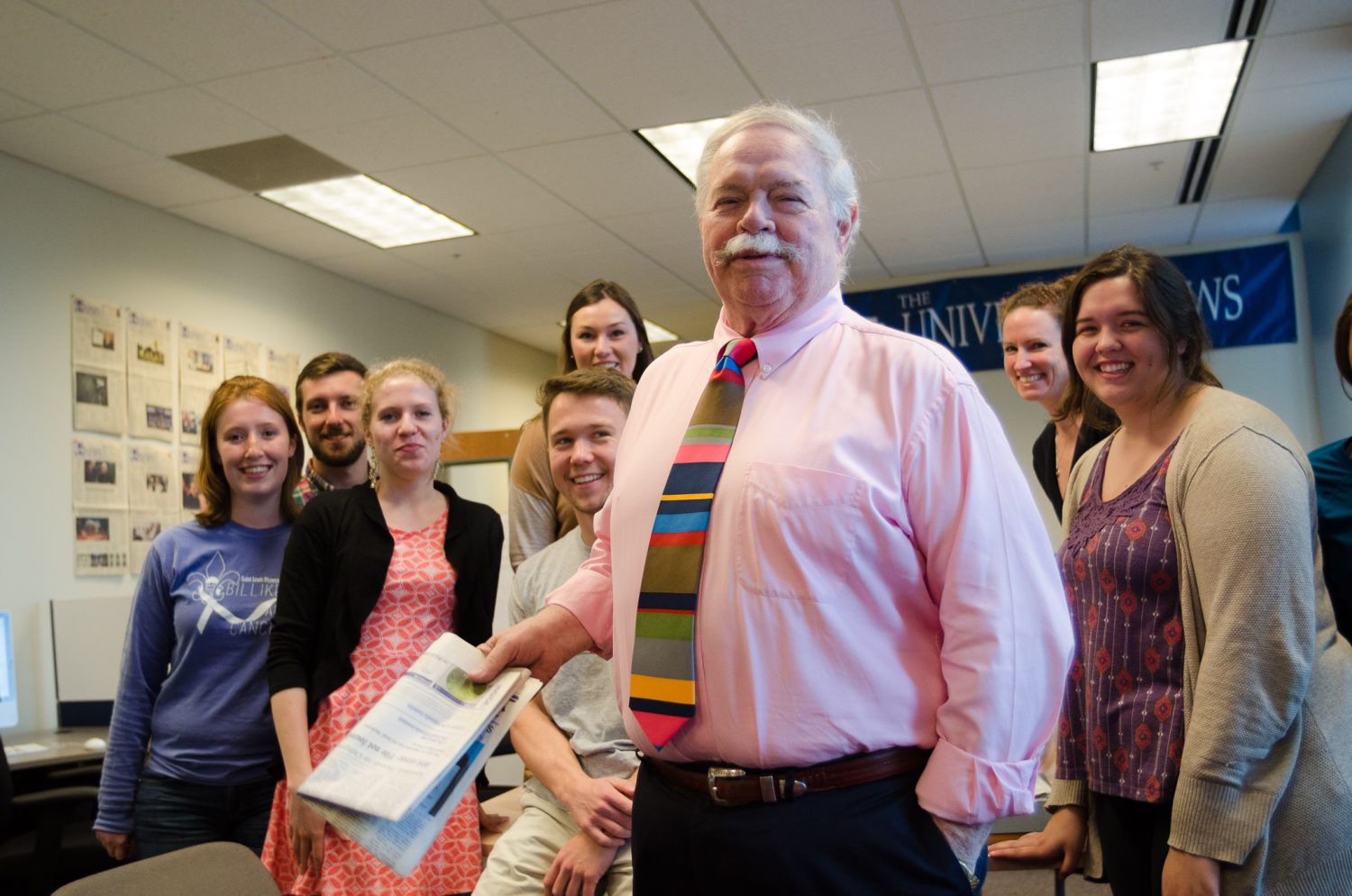Explore a rich and dazzling tradition at the Saint Louis Art Museum with Treasury of the World: Jeweled Arts of India in the Age of the Mughals, featuring over 300 glittering pieces of jeweled art from the world-famous al-Sabah Collection in the Kuwait National Museum.
Intricate patterns, exquisite styles and lavish use of precious stones characterize this extraordinary collection. The most creative of these items were conceived at the height of the Mughal reign (1556-1707), under the patronage of emperors Akbar, Jahangir, Shah Jahan and Aurangzeb.
There is no shortage on the use of rubies, emeralds, diamonds, pearls and gold. Precious stones adorn personal accessories, princely weapons and household items. The rich and detailed settings on these items illustrate India’s expertise in the jeweled arts, most notably in their sculptural, metal relief and enameling traditions. Small pictures accompany some of the art, to illustrate how they were used.
Household items include bowls, cups, pots, dishes and carved jewel boxes with elaborate flowery motifs.
Craftsmen in India also used jewels to adorn many of their weapons. A roomful of glittering arms sparkles with jewels–from rustic medieval Islamic knives, curiously-shaped katar daggers to long, curved sword handles (hilts) studded with gems. These items scream striking fierceness but bleed royal elegance.
As if this doesn’t dazzle enough, the museum saves the best for last. Perhaps the most spectacular pieces can be found in the last room of the exhibit: a ceremonial conch shell case layered with gold and set with rubies, emeralds and diamonds; and a heavy gold hair-plait ornament with dangling spherical objects.
The largest and most elaborate piece in this room is a round shield hammered from silver sheet, enameled and studded with rubies, diamonds, emeralds, chalcedony, agate and rock crystal. It has the sun’s face at the center.
The shield is said to reflect the patronage of the Rajputs, a group of warriors in North and Central India who were believed to be descendants of the sun. It is a truly magnificent work of jeweled art.
The room also contains more than two dozen “balas rubies,” on which the names of a succession of imperial leaders have been etched. The microscopic inscriptions are best viewed with the light passing through them.
A 249.3 carat ruby, which lists six names of emperors, including that of a Timurid sultan and a Safavid monarch, is said to be the most important inscribed gem on earth.
If you enjoy high culture, sparkly objects and precious stones, this exhibition is a must-see. These spectacular jeweled items can rival any king’s treasures.
Treasury of the World: Jeweled Arts of India in the Age of the Mughals
Through April 20, 2003
Saint Louis Art Museum
1 Fine Arts Drive
St. Louis, MO 63110
(314) 721-0072
Time: 10:00 a.m. — 8:00 p.m.
Admission: $10 for adults; $8 for seniors and students. Exhibition is free to everyone on Fridays.



